“By the Dawn’s Early Light”: Researching War of 1812 Ancestors
The War of 1812 was a military and naval conflict between the United States (US) and Great Britain over British impressment of American sailors (1803), restriction of American trade with France during Napoleonic Wars (1807), and US desire to expand territory (1811). It has been referred to as “the forgotten war” – most likely because there was no clear winner or loser in the conflict. No lands were gained or lost after the Treaty of Ghent ended the war on February 16, 1815. Only 7,000 men served in the United States military when the war broke out. By the end of the war, more than 35,000 American regulars and 458,000 militia—though many of these were only mustered in for local defense—were serving on land and sea in the following locations: Was your ancestor one of those who served? Who Could Serve? Before starting your research, you should answer several important...


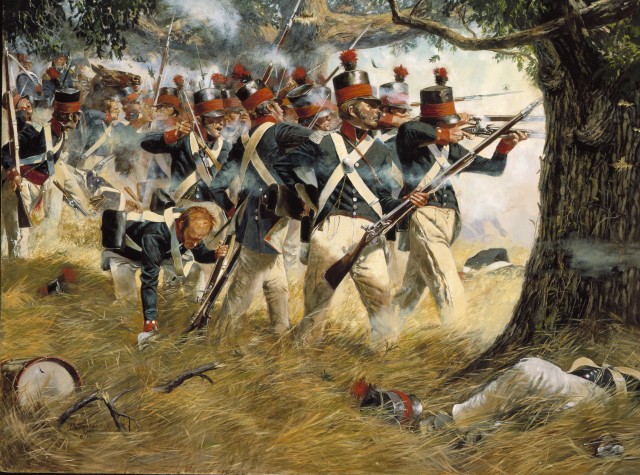
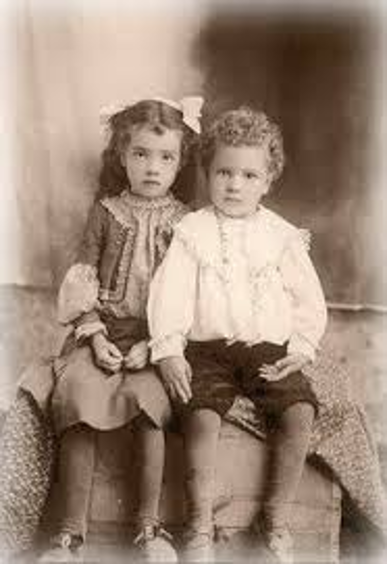
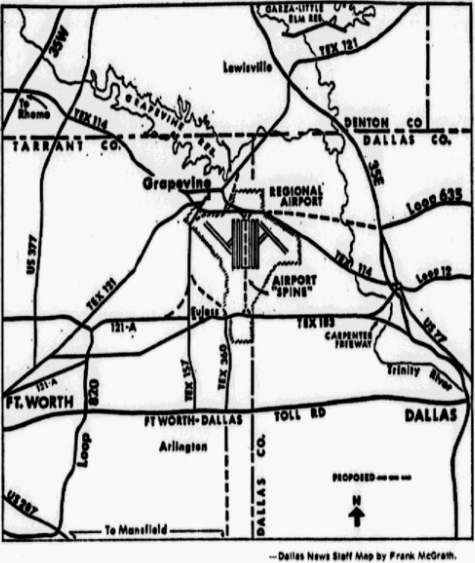
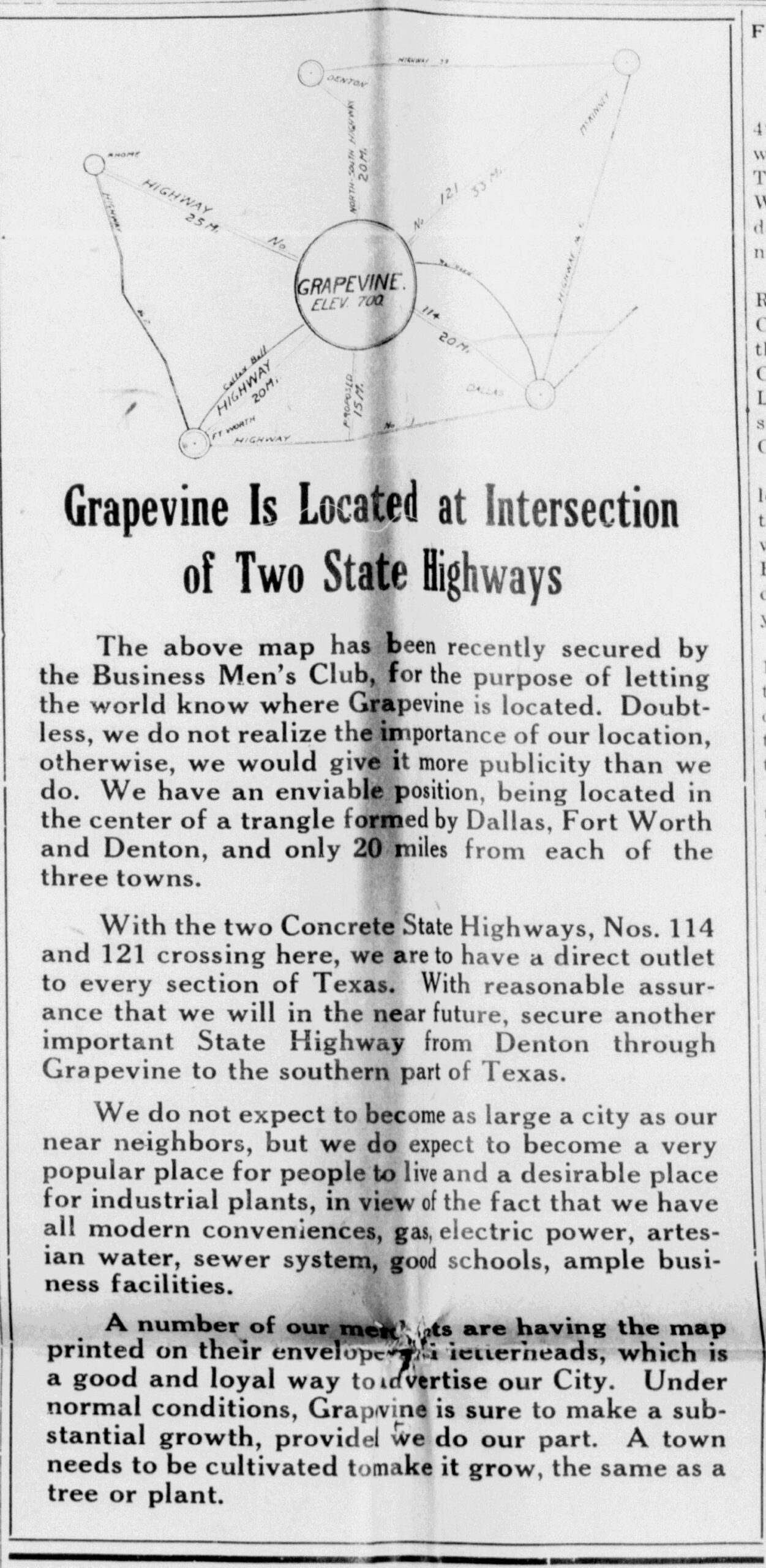


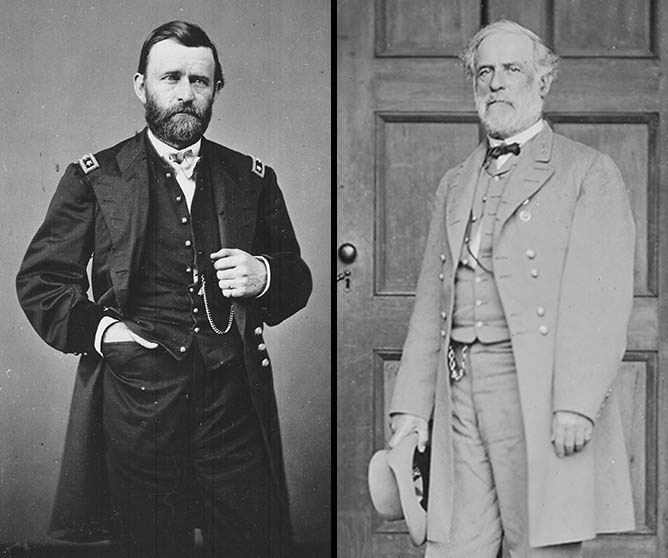

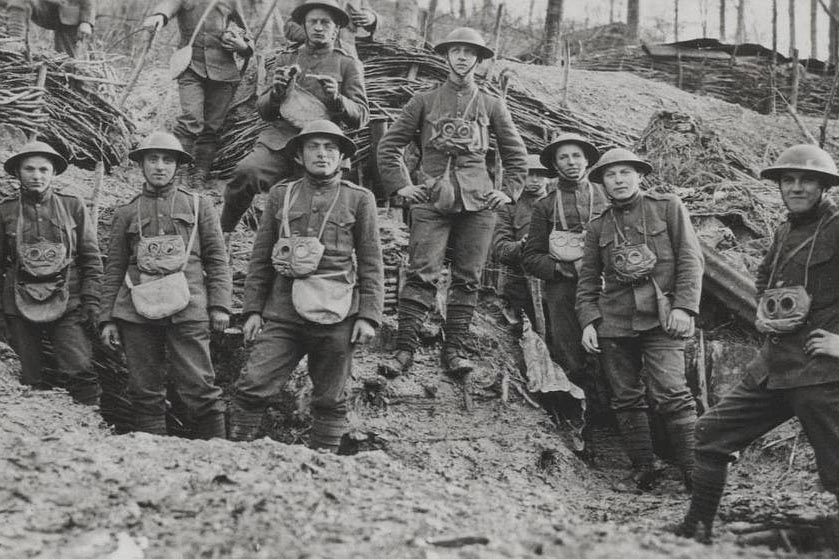
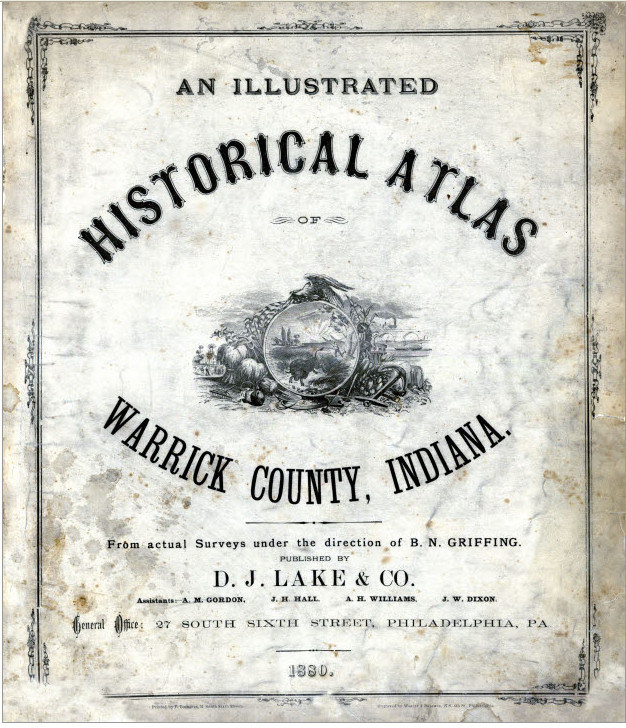
Recent Comments